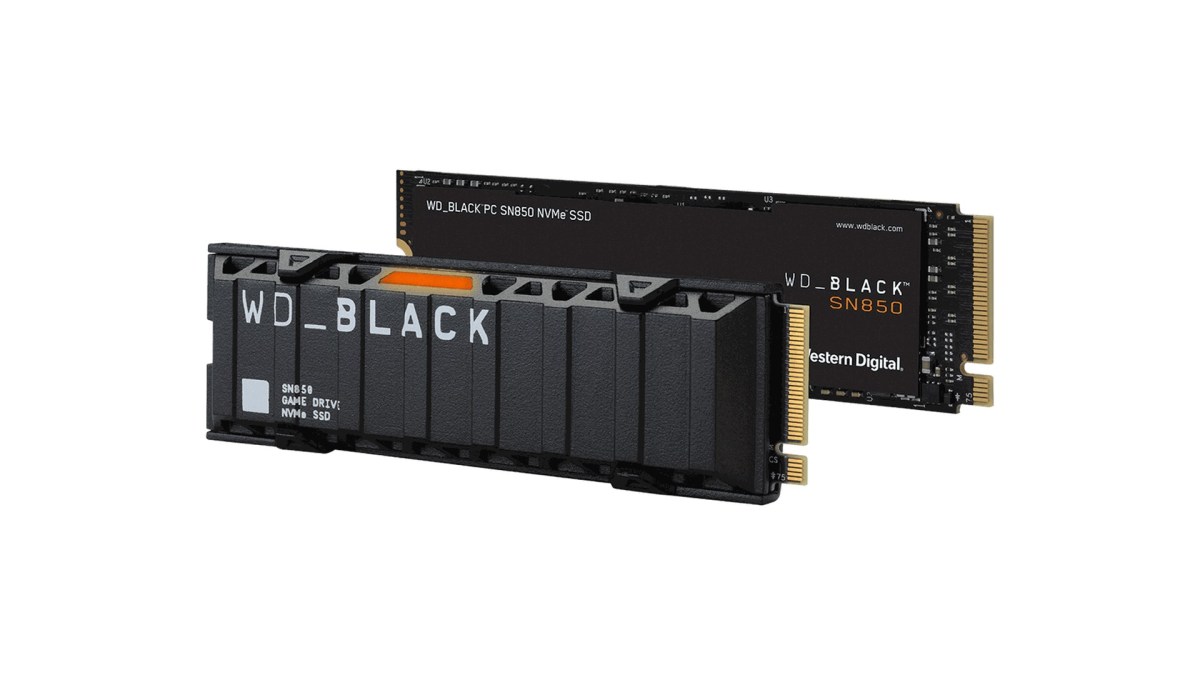If you’ve been looking to buy an SSD, you may want to act quickly before prices begin to sting. A recent contamination disaster at two of Western Digital’s manufacturing facilities has led to the loss of of approximately 6.5 exabytes of NAND flash. To put that in perspective, that’s 6.5 million terabytes of flash storage gone. That number could also be even higher, as it’s only taking into account the loss on Western Digital’s part, and not its partner’s, Kioxia. This is a huge blow to the SSD market and will likely cause an increase in price of NAND memory.
Western Digital’s Yokkaichi and KitaKami manufacturing facilities were affected. The company is now working with its partner Kioxia to “restore the facilities to normal operational status as quickly as possible.” It’s an unfortunate turn of events and this has happened just as SSD prices were beginning to fall. PC hardware just can’t catch a break as prices keep getting higher, and stock gets lower.
Be warned, SSD prices will more than likely go up
It’s important to note that this is a really significant loss for SSD memory. Together, both Western Digital and Kioxia make up around 30% of the market for NAND flash memory. The loss of approximately 6.5 million terabytes, or more, is a big deal that will likely begin to start making waves soon. As you can imagine, this will be due to the principles of supply and demand on the supplier and distributor levels, as well as potential efforts by these companies to recoup some of the losses with subsequently higher prices.
The pricing of NAND SSDs is almost certainly going to rise as the sudden shortage of drives becomes more apparent. Trendforce, a market research company, has said that there could be a 10% price increase across the market. Given that NAND SSDs are already fairly expensive, that’s not a good sign.
As of now, Western Digital is committed to getting the production of NAND SSDs back on track. In terms of timescale though, there’s no word on how long that could take. The bulk of the problem is still very fresh, and there are a lot of things we still don’t know. The exact amount of memory that’s been lost is one thing, as well as whether this problem will reach into supply that has already been shipped. Kioxia’s press release also leaves a lot up to assumption, so the full scale of the issue is still largely unknown.
The price increase of NAND SSDs is likely to take effect soon. If you’ve been looking to grab some fast storage for your PC, it would be a good idea to act now. That, or wait until the problem has been resolved and things start to even out a bit more. Again though, the full scale of this manufacturing problem isn’t known just yet. With PCIe 5.0 SSDs expected to release sometime later this year, we may see some very high prices for the initial wave of products. Be sure to keep an eye on NAND SSD prices going forward.







Published: Feb 11, 2022 05:00 pm